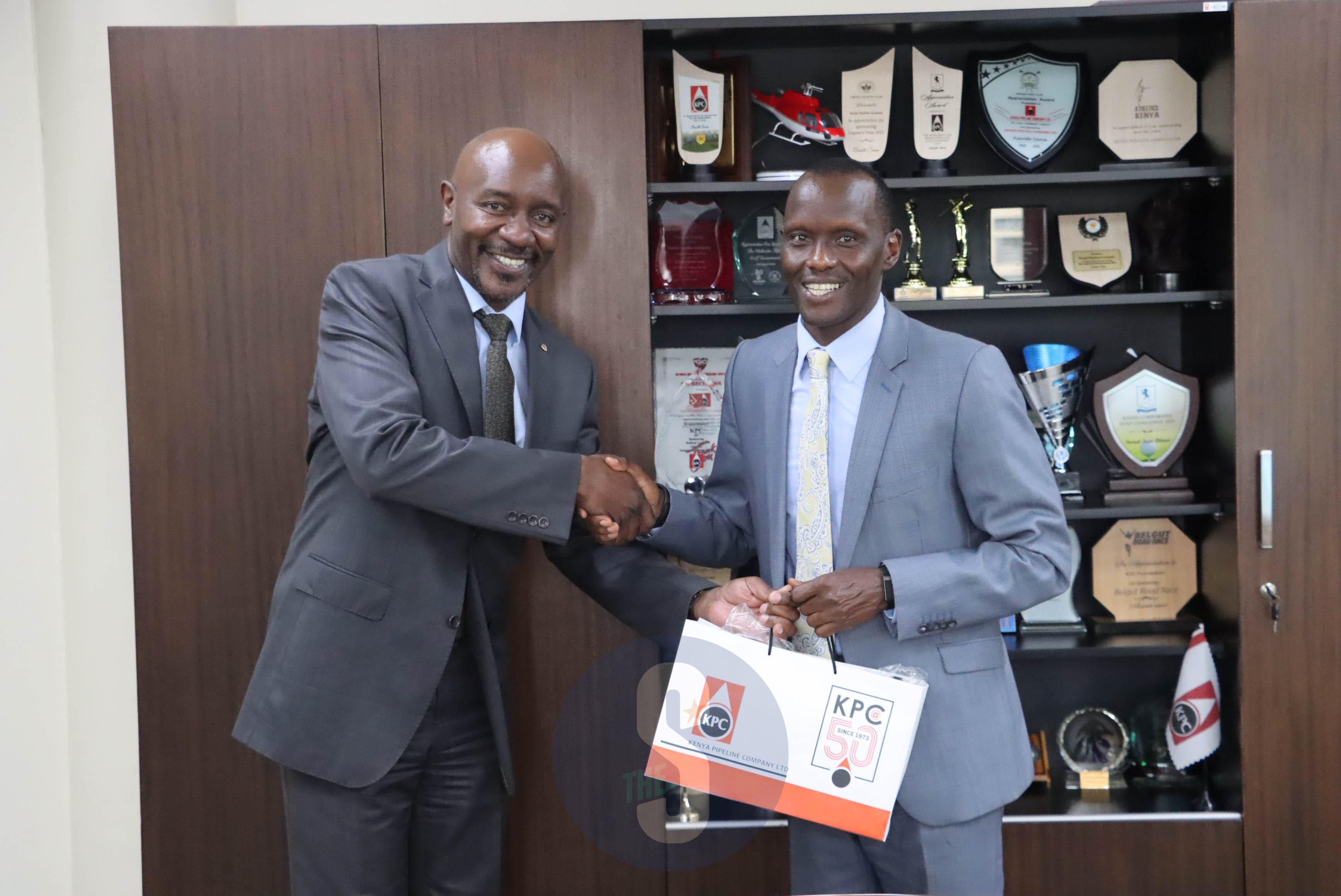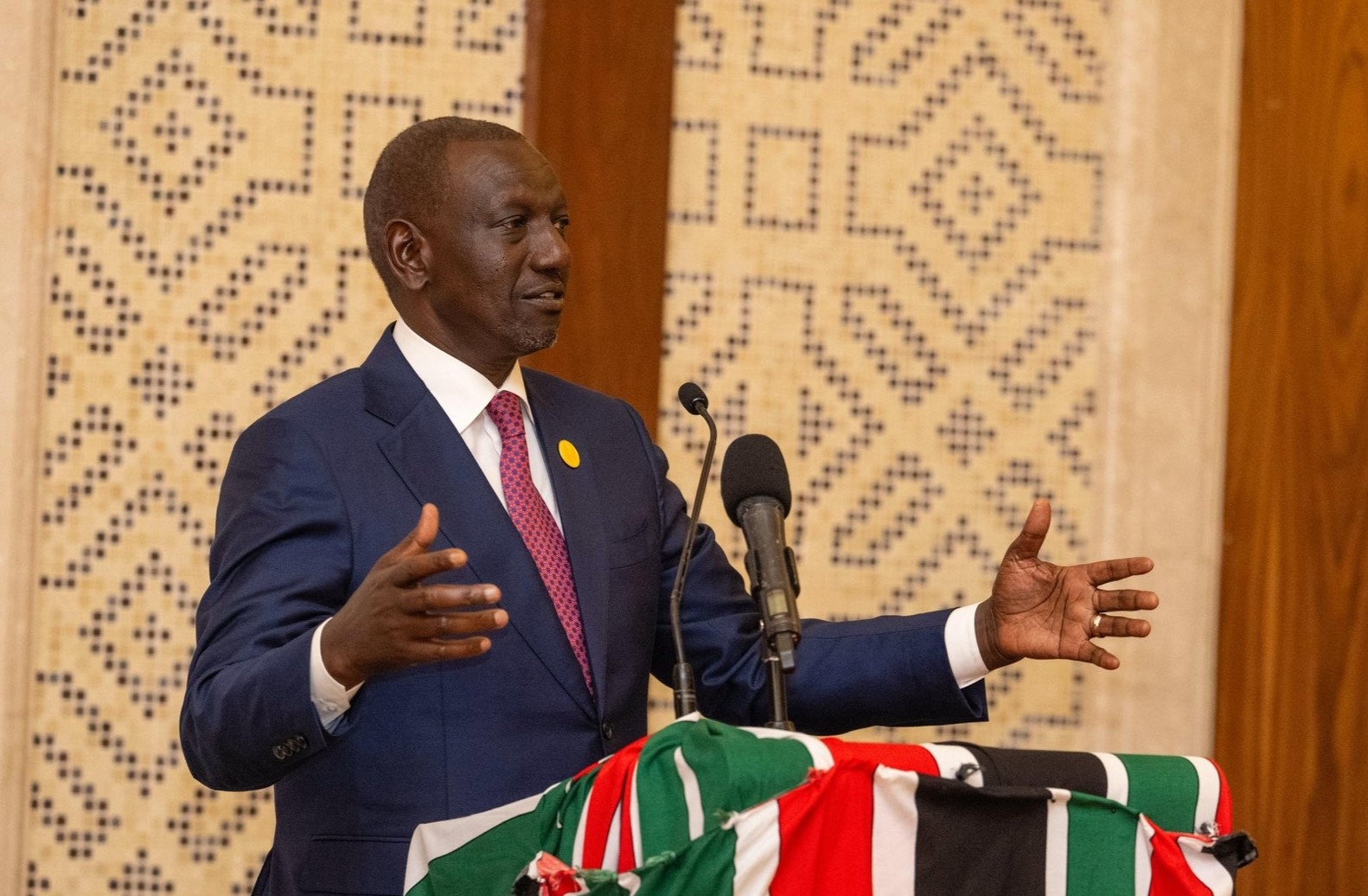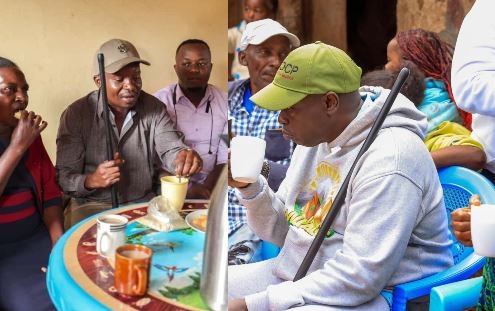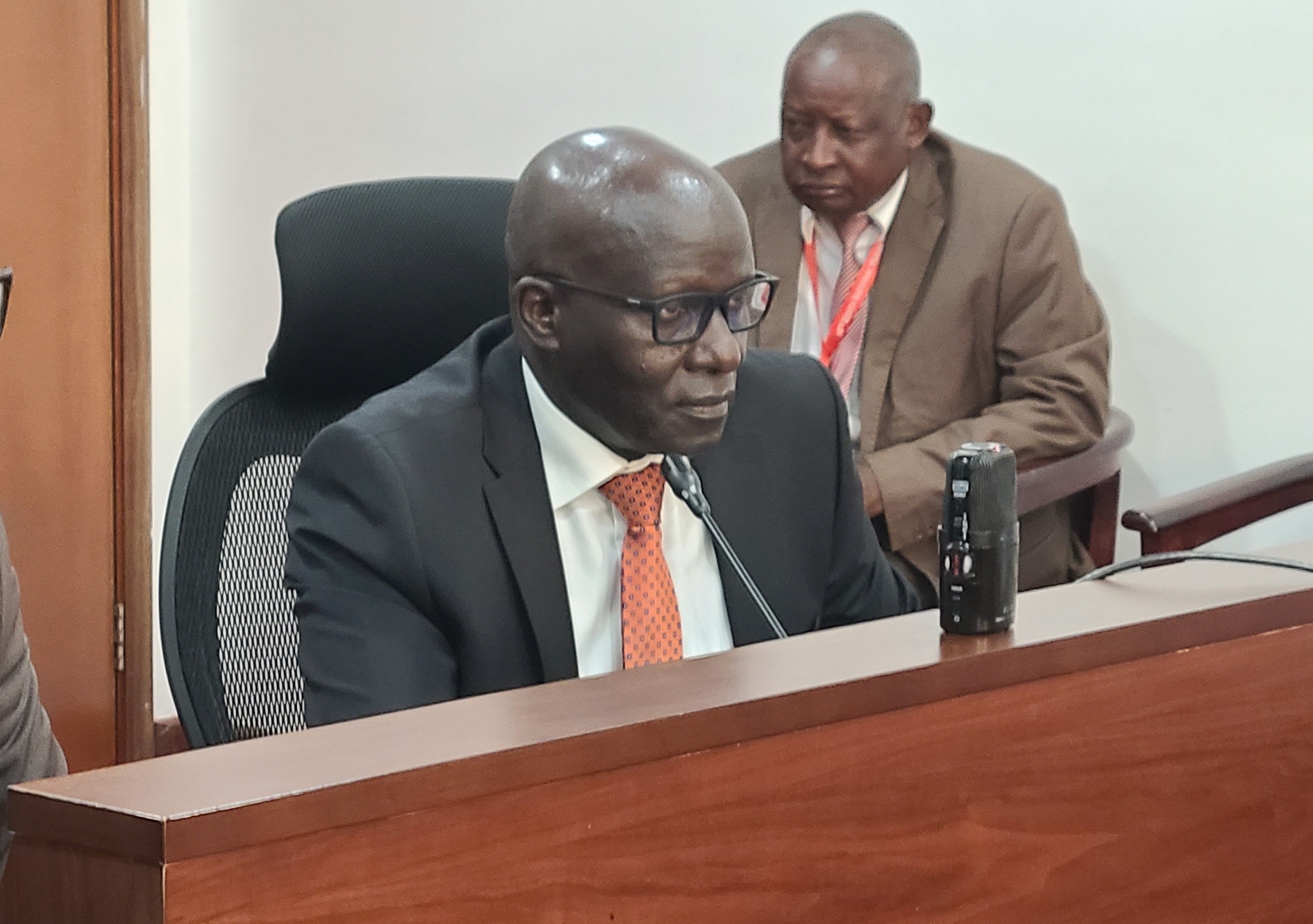Many hospitals have become homes to victims of road crashes who lived to tell their stories.
Some lost their legs, others their hands, others have head injuries, while some are paralysed.
Once admitted, they count the days as they anxiously wait to be discharged so they can be reunited with their families.
Hospitals and emergency services are carrying the heavy burden caused by deadly road crashes that have shattered families and devastated communities.
Researchers from the Department of Orthopaedics at the University of Nairobi and KNH reviewed 905 patient admission charts for 2021.
Their report, published in May 2023, paints a picture of health facilities that are stretched due to these crashes.
According to the research, victims of accidents around Nairobi are referring themselves to Kenyatta National Hospital, straining its facilities.
Of the 905 admissions, 80.7 per cent were accident and trauma-related admissions, while 17.1 per cent were non-trauma-related admissions. About 50.1 per cent were facility referrals, while 49.9 per cent were walk-ins.
Most admissions were through accident and Emergency Department at 78.1 per cent.
About 48.5 per cent were due to road traffic crashes.
The authors of the report are Maxwell Omondi, Joseph Mwangi, Fred Sitati and Herbert Onga’ngo.
Road traffic injuries are the leading cause of death for children and young adults aged 5–29 years, according to the World Health Organisation (WHO).
The UN agency estimates that every year, the lives of 1.19 million people are cut short as a result of a road traffic crash.
Between 20 and 50 million more people suffer non-fatal injuries, with many incurring a disability.
These losses, the WHO says, arise from the cost of treatment as well as lost productivity for those killed or disabled by their injuries, and for family members who need to take time off work or school to care for the injured.
Kevin Ismael is a member of Bloomberg Philanthropies Initiative for Global Road Safety.
He says road crashes are a public health issue because of the burden they bring to health departments.
"If you look at the injuries that are happening, and some of them are very serious, you can see the amount of burden it has brought to hospitals," Ismael told the Star.
"What we should be asking ourselves is: Do we have the capacity to handle these cases?"
To prevent these preventable fatalities, the WHO has asked governments to take action to address road safety in a holistic manner.
This requires involvement from multiple sectors, such as transport, police, health and education, as well as the private sector and civil society organisations.
The National Transport Safety Authority (NTSA) has now opted to adopt the ‘Safe System’ approach to save lives lost through preventable crashes. This is a holistic approach towards road safety.
Statistics from the authority show that at least 11 people died daily through road crashes in 2023.
The number of road fatalities has been increasing since 2018, with 80 per cent of the crashes caused by human behaviour.
The authority’s road safety strategy manager Samwel Musumba said the behaviours include fatigue, speeding, medical conditions, drunk driving, mental health and wellness, finance-related stress, journey planning and management.
"From our investigations, we’ve seen a lot of speeding when it’s raining, yet this is preventable. We have seen a surge of crashes as a result of drunk driving," Musumba said.
Close to 2,000 lives have been lost through such crashes since January.
The safe system that integrates road design and safety as integral components has successfully been implemented in the Netherlands and Sweden.
The key focus of the approach is to reduce death and serious injuries through design that accommodates human errors and injury tolerances.
It addresses the safety of all road users, including those who walk, bike, drive and travel by other modes.
It is estimated that road carnage costs Kenya's economy Sh450 billion annually.
"The safe system approach is the best we should adopt as a country to reduce road crashes. This is a collective approach by all the stakeholders to deal with this issue," Ismael said.
NTSA unveiled a comprehensive set of strategies to enhance road safety for all users.
Key initiatives include improvements to road infrastructure, vehicle safety standards, stricter enforcement measures, heightened public awareness campaigns, post-crash care services, promotion of safe driving practices, road safety database and monitoring and evaluation systems.
"This plan is very critical for us as a country because we are focusing on how we are going to address this road safety challenge. We hope the priority issues are going to help us deal with these deadly crashes," Musumba said.
Bright Oywaya, a road safety advocate and former NTSA vice chair, said time has come for the country to adopt the safety system approach to save lives on our roads.
"We now need to look at transport as a system," she said.
"So that when a crash happens, we are not only looking at the behaviour of the driver, which is the easiest thing we normally do, but also at the infrastructure, the vehicle condition."
The World Health Organisation estimates that more than 1.35 million people die every year on the world’s roads, and another up to 50 million sustain non-fatal injuries as a result of the crashes.

















